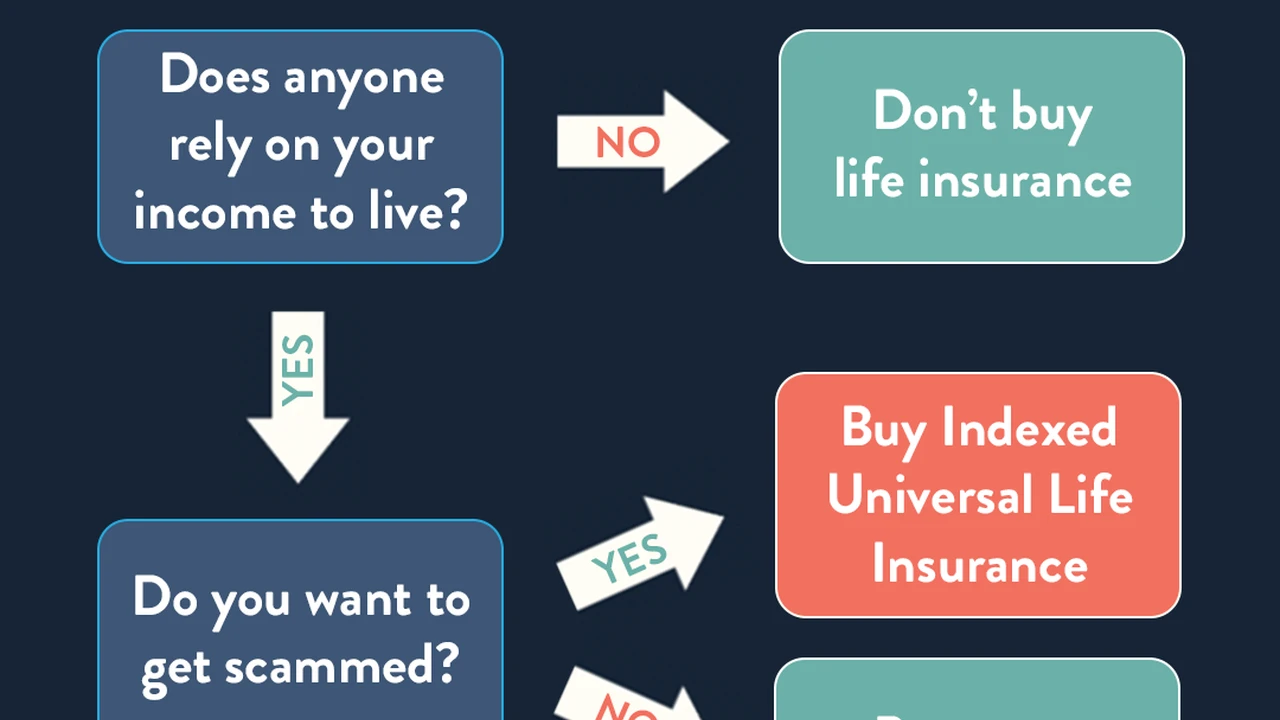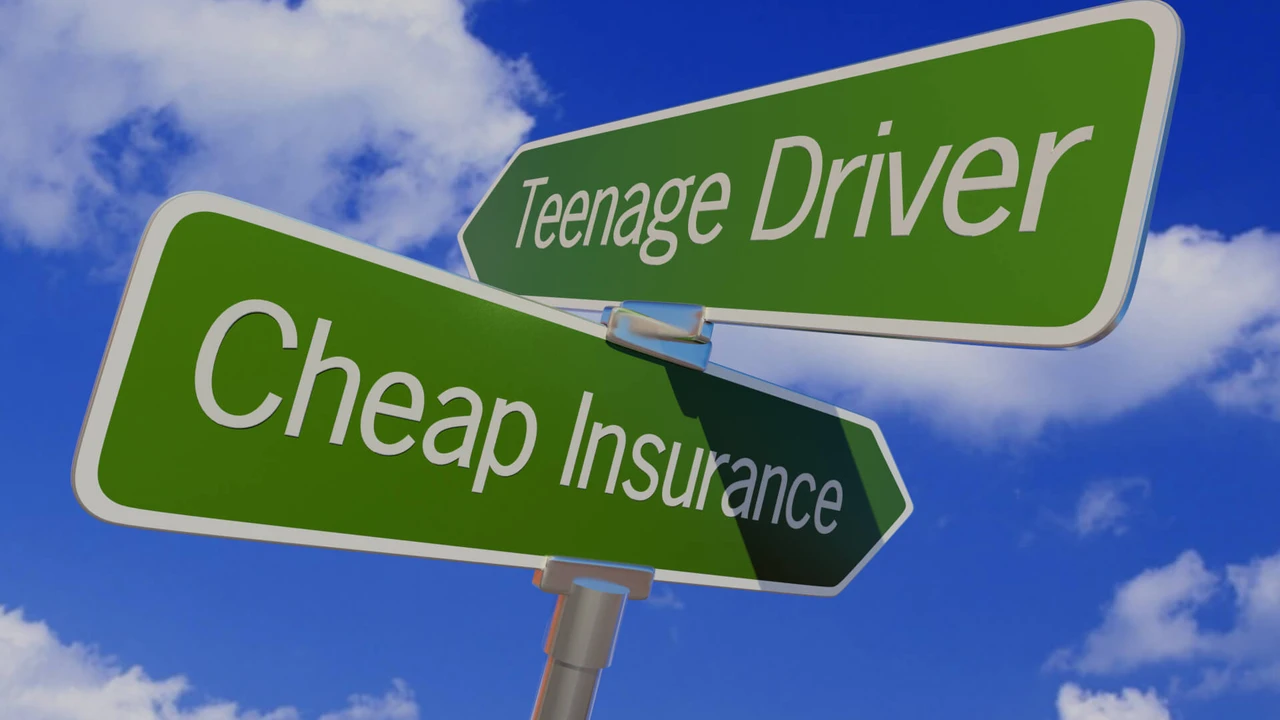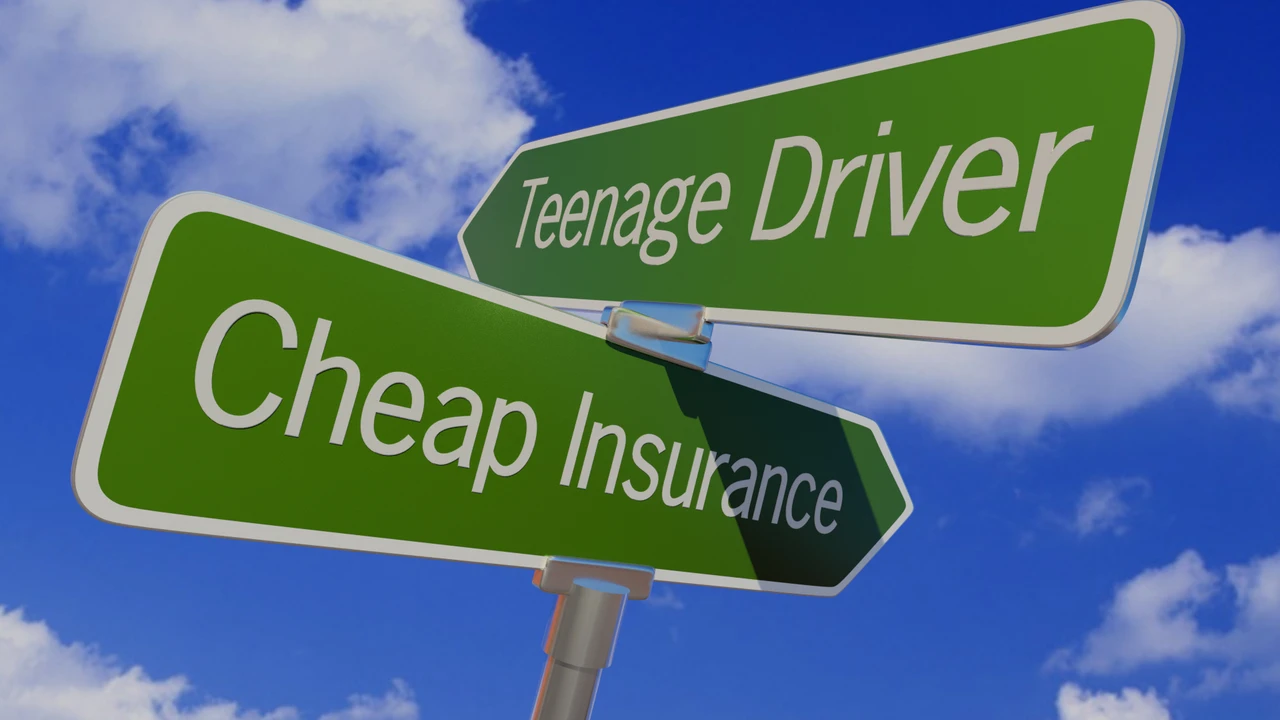Teen Driver Insurance in California: What You Need to Know

Understanding California Teen Driver Insurance Requirements and Costs
Alright, so you've got a teen in California, they're getting their license, and suddenly you're thinking, "Oh boy, insurance!" You're not alone. California teen driver insurance can be a bit of a sticker shock, but it's absolutely essential. Let's break down the basics. First off, California law requires all drivers to carry minimum liability coverage. This covers damages and injuries you might cause to others in an accident. The minimums are usually expressed as three numbers, like 15/30/5. This means $15,000 for injury or death to one person, $30,000 for injury or death to multiple people, and $5,000 for property damage. Honestly? Those minimums are pretty low. In a serious accident, they might not be enough to cover all the costs, leaving you personally liable. That's why many people opt for higher coverage limits. Think about it – a modern car repair can easily exceed $5,000.
Now, the cost. Brace yourself. Adding a teen driver to your policy can significantly increase your premiums. Why? Because statistically, teen drivers are more likely to be involved in accidents. They're less experienced, more prone to distractions (hello, cell phones!), and sometimes a little overconfident. Insurance companies see them as a higher risk, and that risk translates into higher premiums. Several factors affect the price, including your teen's driving record (or lack thereof), the type of car they'll be driving, your location, and the coverage limits you choose.
Comparing Different California Teen Driver Insurance Policies and Providers
Don't just automatically stick with your current insurance company when adding your teen. Shop around! Get quotes from multiple providers. Companies like State Farm, Geico, Progressive, Allstate, and local California insurers like Wawanesa can all offer different rates. Online comparison tools can be helpful, but always double-check the details and read reviews.
When comparing policies, look beyond just the price. Consider the coverage options. Do they offer comprehensive and collision coverage (which covers damage to *your* car, regardless of fault)? What are the deductibles? A higher deductible usually means a lower premium, but you'll have to pay more out-of-pocket if you have a claim. Also, check for discounts. Many companies offer discounts for good grades, safe driving courses, and having safety features in the car (like anti-lock brakes or airbags).
Think about what you need. Are you comfortable with the minimum liability limits, or do you want more protection? Will your teen be driving an older, less valuable car? If so, you might skip comprehensive and collision coverage. But if they'll be driving a newer, more expensive car, you'll probably want that extra protection. Also, consider uninsured/underinsured motorist coverage. This protects you if you're hit by someone who doesn't have insurance or doesn't have enough insurance to cover your damages.
Specific Teen Driver Insurance Product Recommendations in California
Okay, let's get into some specific product recommendations. Remember, these are just examples, and the best policy for you will depend on your individual circumstances. *Always* get a personalized quote.
- State Farm Drive Safe & Save: This program uses a mobile app to track your teen's driving habits. If they drive safely (no hard braking, speeding, or phone use), you can earn significant discounts. Use Case: Great for teens who are willing to be monitored and demonstrate safe driving. Comparison: Similar programs are offered by other companies (like Progressive's Snapshot), but State Farm often has competitive base rates. Pricing: Discounts can range from 10% to 30% or more, depending on driving behavior. Base rates vary widely.
- Geico: Geico is generally known for its competitive rates, especially for drivers with good credit. They also offer discounts for good students and for having certain safety features in your car. Use Case: A good starting point for getting a quote if you have good credit and your teen is a good student. Comparison: Geico's customer service can sometimes be inconsistent, so read reviews. Pricing: Varies significantly, but often one of the lower-priced options.
- Progressive: Progressive's Snapshot program is another usage-based insurance option. They also offer a Name Your Price tool, which allows you to specify how much you're willing to pay, and they'll show you coverage options that fit your budget. Use Case: Good for budget-conscious families who are willing to adjust their coverage levels. Comparison: Snapshot can penalize you for hard braking, even if it's to avoid an accident, so be aware of that. Pricing: Highly variable, depending on the coverage and driving behavior.
- Allstate: Allstate offers a variety of discounts, including a good student discount, a safe driving discount, and a multi-policy discount (if you bundle your home and auto insurance). They also have a Drivewise program similar to State Farm's and Progressive's. Use Case: A good option if you already have other insurance policies with Allstate or if your teen is a good student. Comparison: Allstate tends to be a bit more expensive than Geico or Progressive, but their customer service is generally considered to be good. Pricing: Generally mid-range to higher-end.
- Wawanesa: A regional insurer focused on California. They often have competitive rates, particularly for drivers with good records. Use Case: Worth checking if you live in California. Comparison: Less well-known than the national brands, but often offers good value. Pricing: Can be very competitive, especially in certain areas.
Analyzing Teen Driver Insurance Costs Based on Vehicle and Usage in California
The type of car your teen drives will significantly impact your insurance rates. A sporty car known for its speed will be much more expensive to insure than a family sedan. Older cars are generally cheaper to insure because they're less valuable, but they might lack modern safety features. Consider the safety ratings of the car. Cars with good safety ratings and features like electronic stability control and airbags can sometimes qualify for discounts.
How often your teen drives and where they drive also matters. If they only drive to school and back, and you live in a suburban area, your rates will likely be lower than if they drive long distances or in a busy city. Some insurance companies offer discounts for low mileage. Be honest about how much your teen will be driving. Underreporting mileage can invalidate your policy.
Strategies for Lowering Teen Driver Insurance Premiums in California
Okay, so how do you actually save money? Here are some proven strategies:
- Good Student Discount: Many companies offer discounts to students who maintain a B average or better.
- Safe Driving Courses: Completing a driver's education course or a defensive driving course can often qualify you for a discount.
- Increase Deductibles: Raising your deductibles will lower your premiums, but make sure you can afford to pay the higher deductible if you have a claim.
- Shop Around: Get quotes from multiple insurance companies.
- Consider a Telematics Program: Programs like State Farm's Drive Safe & Save and Progressive's Snapshot can reward safe driving with discounts.
- Add Your Teen to Your Existing Policy: It's usually cheaper to add your teen to your existing policy than to get them a separate policy.
- Choose a Safe Car: Insuring a safe, reliable car will be cheaper than insuring a sporty or expensive car.
- Review Your Coverage Regularly: As your teen gains experience and their driving record improves, your rates may go down. Review your coverage annually to make sure you're still getting the best deal.
The Long-Term Impact of Teen Driving on California Insurance Rates
Remember that your teen's driving record will impact your insurance rates for years to come. A single accident or speeding ticket can significantly increase your premiums, not just for your teen, but for the entire family. Encourage safe driving habits from the beginning. Talk to your teen about the dangers of distracted driving, drunk driving, and speeding. Set clear rules and expectations. Consider using a parental control app to monitor their driving habits. Being proactive about safety can save you money in the long run and, more importantly, protect your teen and others on the road.
California Teen Driver Insurance FAQs Answered
Still have questions? Here are some frequently asked questions about teen driver insurance in California:
- Q: When should I add my teen to my insurance policy? A: As soon as they get their learner's permit.
- Q: Do I need to add my teen to my insurance policy if they only have a learner's permit? A: Yes, in most cases.
- Q: What happens if my teen gets into an accident and they're not on my insurance policy? A: Your insurance company may deny the claim, and you could be personally liable for damages.
- Q: Can my teen drive my car if they're not on my insurance policy? A: Generally, no. Your insurance policy covers *drivers*, not just cars.
- Q: How much does it cost to add a teen driver to my insurance policy in California? A: It varies widely, but expect to pay several hundred dollars per year, or even more.
:max_bytes(150000):strip_icc()/277019-baked-pork-chops-with-cream-of-mushroom-soup-DDMFS-beauty-4x3-BG-7505-5762b731cf30447d9cbbbbbf387beafa.jpg)






